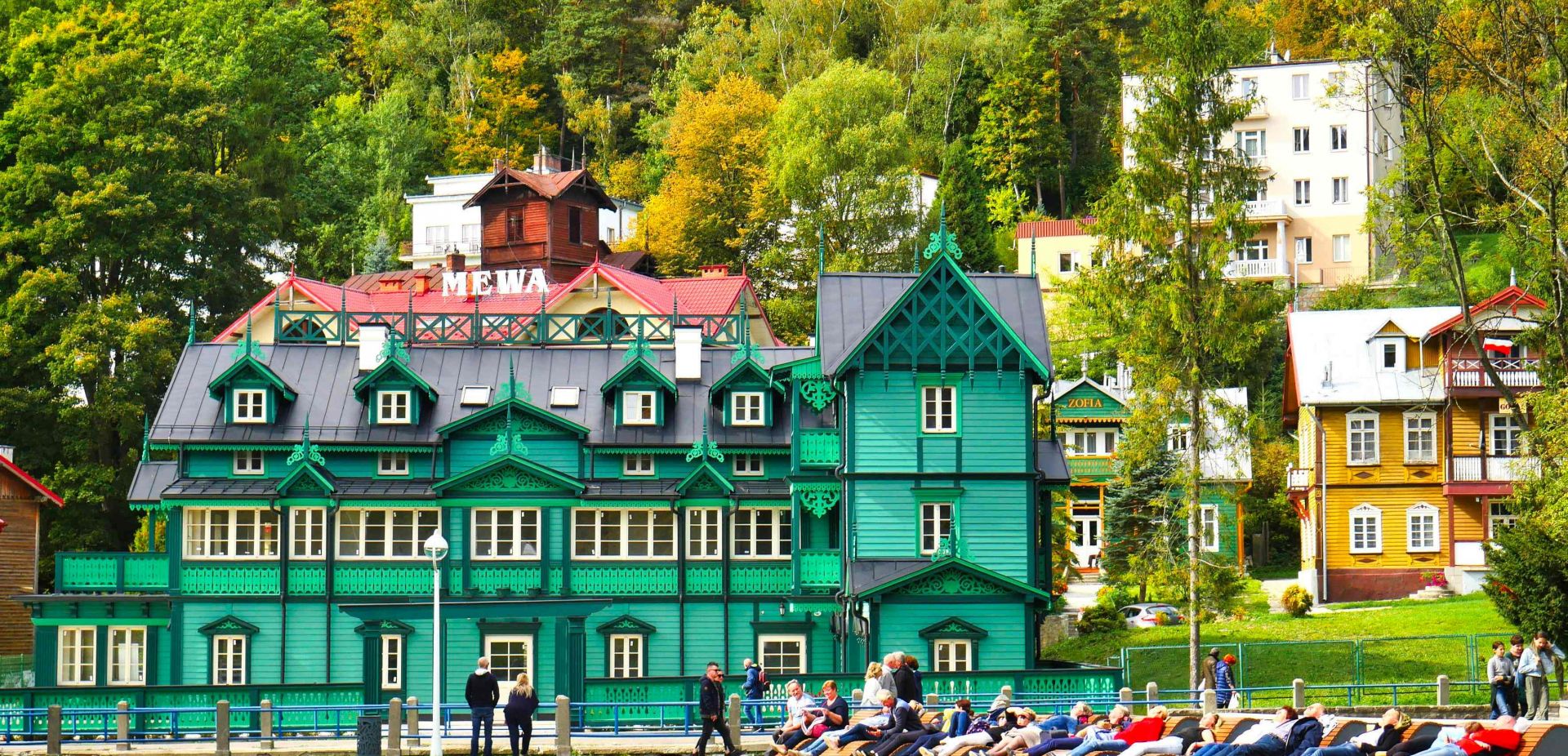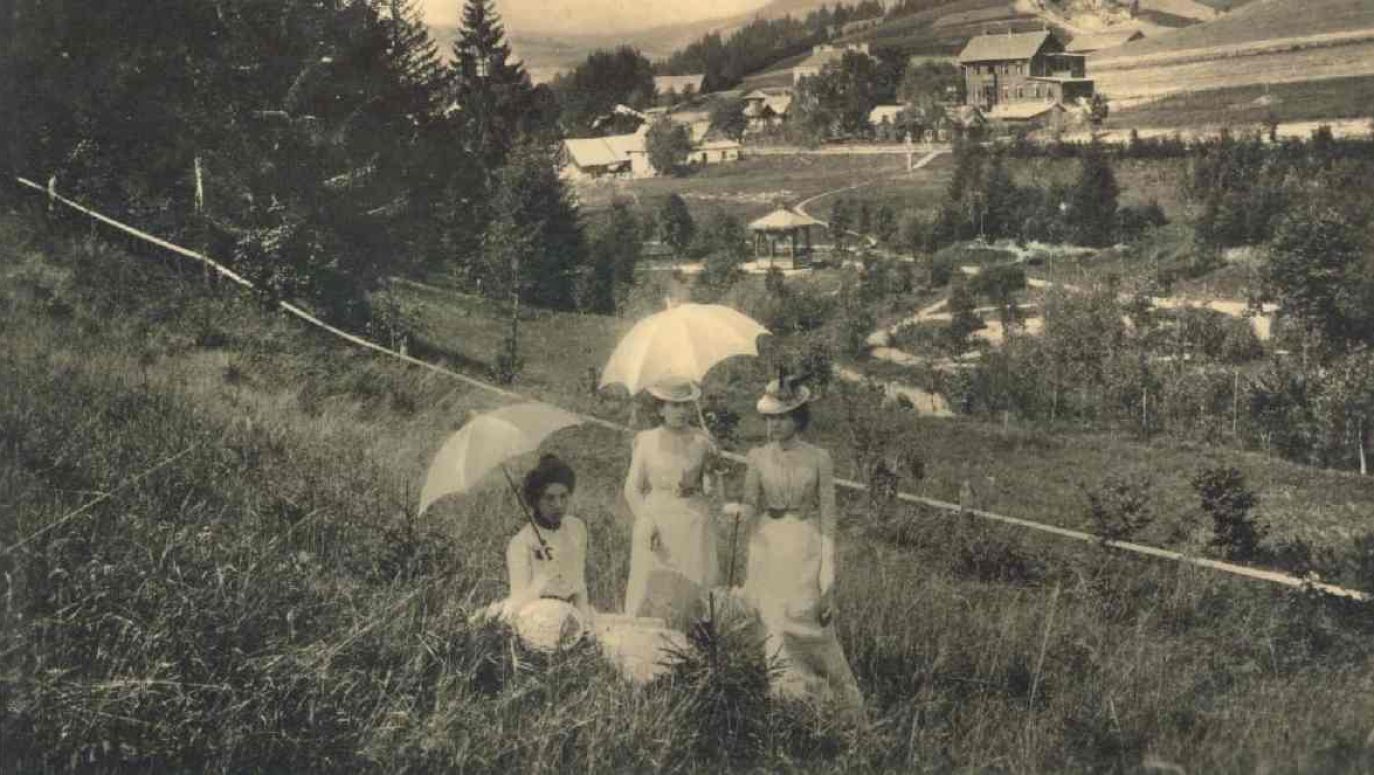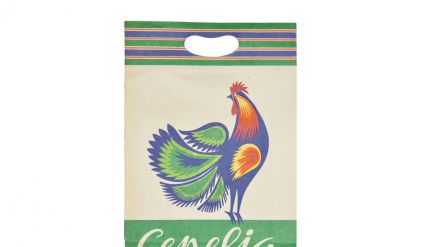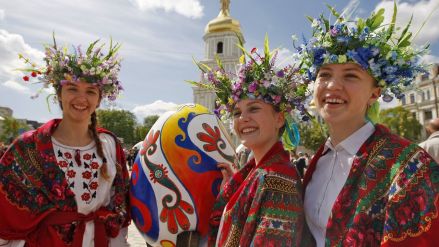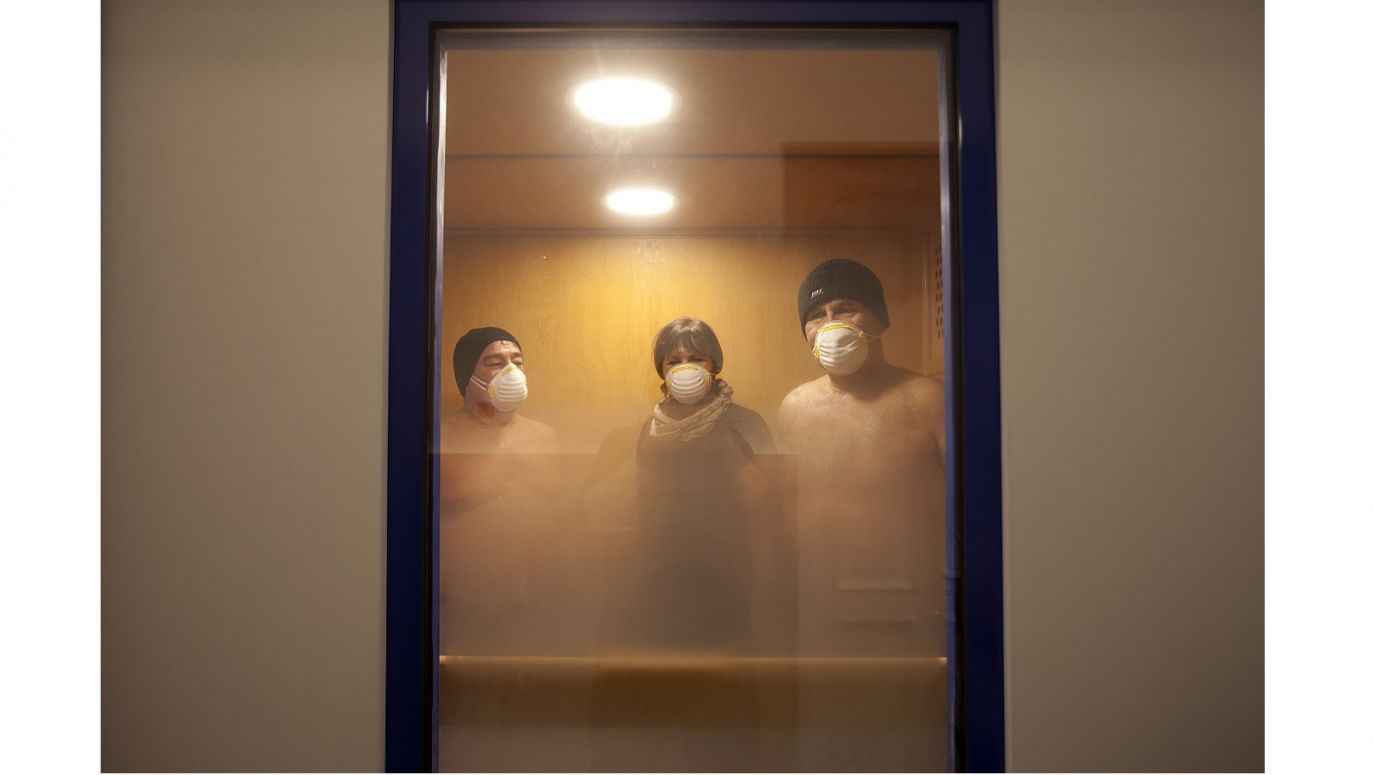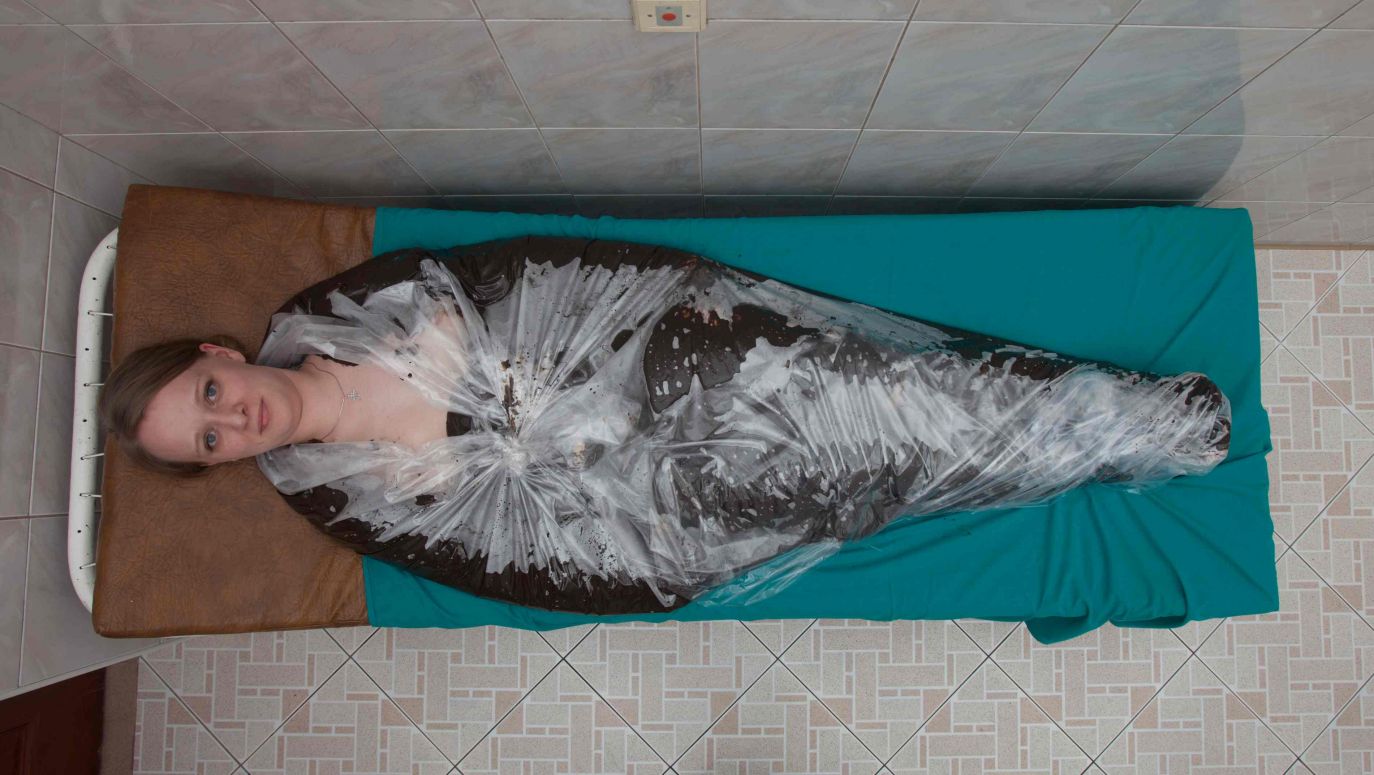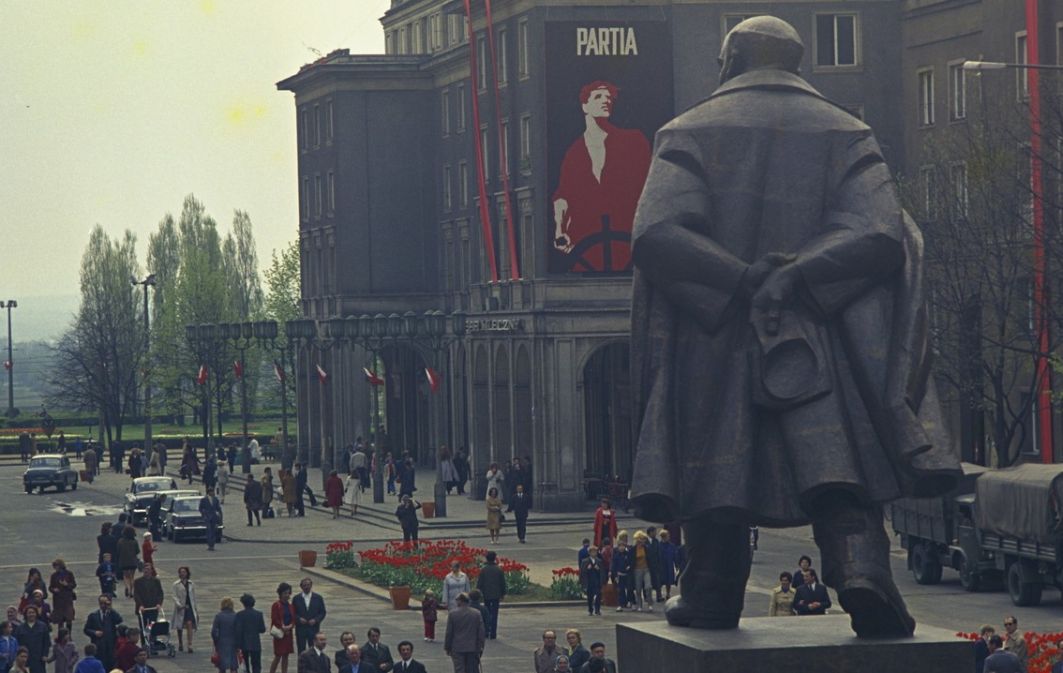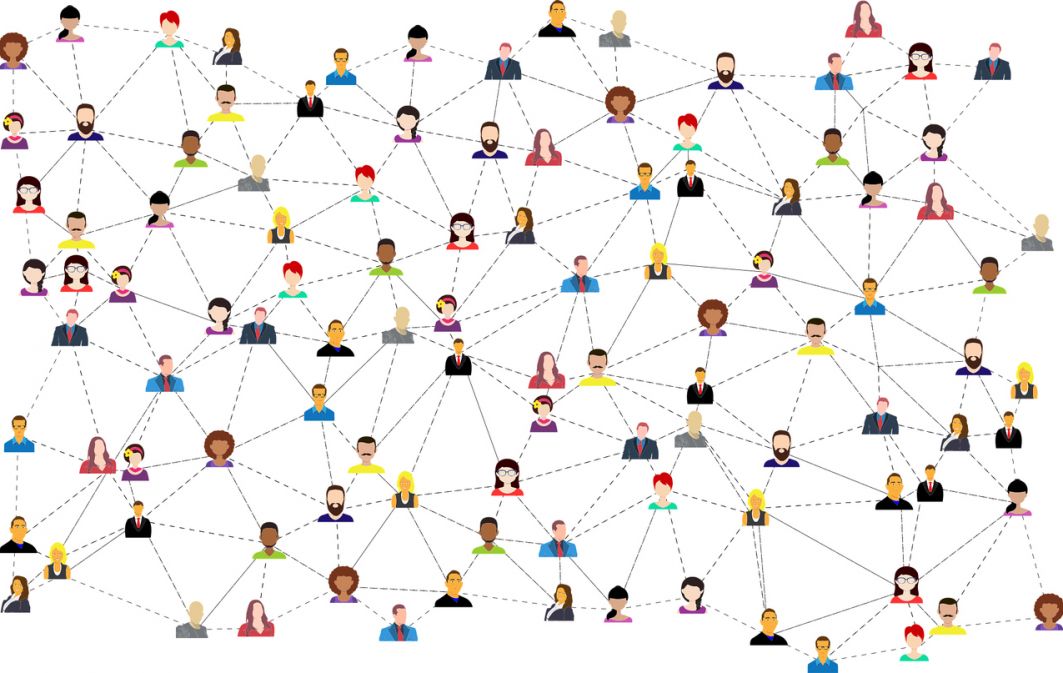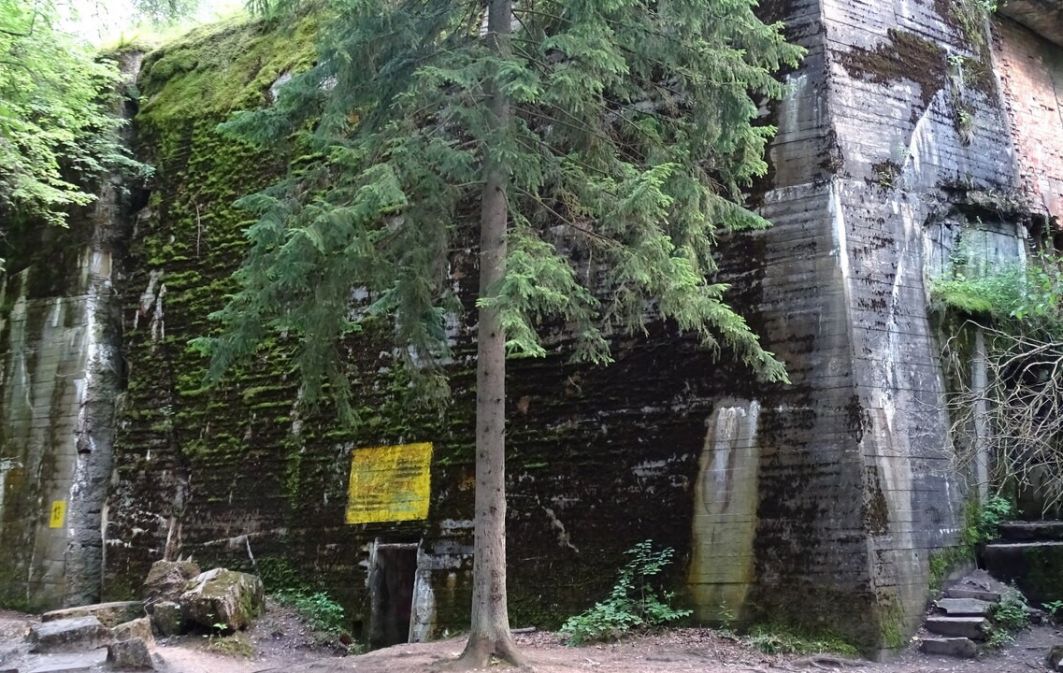What are the most common methods of treatment with natural sources during a health resort stay?
I’ll give the example of using therapeutic mud. It’s a kind of peat that has painkilling, antibacterial and anti-inflammatory properties. The heated mud loosens painful muscles and supplies many priceless nutrients through the skin, including organic acids and mineral salts. People suffering from joint problems, rheumatic diseases and spinal pain can avail themselves of this treatment. First, the mud is heated to around 42-46 degrees Celsius. Next, it’s placed on the body, which is then wrapped in foil. The treatment lasts half an hour.
In the past, therapeutic mud was often prescribed for women who had trouble getting pregnant. The woman sat in a tub filled with mud for 15-20 minutes. Today, with various other methods of treating infertility, this method is used less often.
Another natural method, for example, is a mineral bath or saline bath. Here salt influences the skin and sweat glands. It’s important for it to be at the right temperature and pressure. This therapy is helpful, among other things, with: multiple sclerosis, chronic joint inflammation and skin and digestive allergies or neuroses.
Mineral waters prescribed for drinking therapy work well for the urinary and digestive tracts. The most beneficial ones are those drunk directly from the spring, that’s why in Polish health resorts we have special mineral water drinking stations. These are usually sodium-chloric waters, or salty water, alkaline water (bicarbonate), low-mineralized szczawy or irony szczawy. You can only drink them with a doctor’s recommendation.
You can also use heat therapy, so with the use of hot air, steam, water and paraffin. These types of procedures are recommended before physical activity to lessen pain and muscle tension.
Cold therapy is also recommended. The significant reduction in temperature serves to reduce pain, muscle tightness, inflammation, and edemas and to improve joint function.
Are these therapies for everyone?
No. Not everyone can makes use of the procedures offered in the Krynica health resort, for example people with high blood pressure or respiratory diseases. The mountain climate is a stimulating environment. When the foehn wind blows, then the air pressure rises and it could lead to a stroke. In the case of asthma, shortness of breath intensifies. One’s health could significantly worsen instead of improve.
The trend for a healthy lifestyle and the aging of the population has led to health resort tourism growing in popularity. Many people decide for private trips to spas. This has led to the introduction and development of new treatment services, such as biological regeneration.
Indeed, many commercial procedures have appeared, like treatment with hot rocks, which are supposed to relax the body among other things. Light therapy with lamps is also popular, which is supposed to improve blood flow and stimulate metabolic processes. As doctors, we always recommend caution. It’s better to have a consultation first, since in the case of certain diseases there could be contraindications. Something might help someone, while it might, unfortunately, hurt someone else.
Health resort life used to proceed more slowly. There weren’t so many procedures, usually they happened 2-3 times per day. Now, 5-6 is too little for some. Massages used to last 15 minutes, now patients want to be massaged for an hour. But the physiological effects are practically the same. That’s why we have to approach treatments with humility, reserve and without unnecessary claims. And sooner or later, the health benefits will certainly become apparent.
– In conversation with Monika Chrobak, journalist for Polish Radio
TVP WEEKLY. Editorial team and jornalists
–Translated by Nicholas Siekierski
